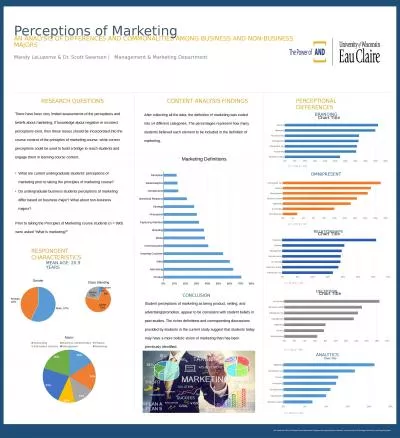PPT-Why Student Perceptions Matter
Author : jane-oiler | Published Date : 2016-07-31
Rob Ramsdell Co founder April 2015 Tripod Surveys Fall 2011 to Spring 2014 Students 1994555 Classrooms 144483 Schools 6562 Districts 146 States 33 2 Why
Presentation Embed Code
Download Presentation
Download Presentation The PPT/PDF document "Why Student Perceptions Matter" is the property of its rightful owner. Permission is granted to download and print the materials on this website for personal, non-commercial use only, and to display it on your personal computer provided you do not modify the materials and that you retain all copyright notices contained in the materials. By downloading content from our website, you accept the terms of this agreement.
Why Student Perceptions Matter: Transcript
Download Rules Of Document
"Why Student Perceptions Matter"The content belongs to its owner. You may download and print it for personal use, without modification, and keep all copyright notices. By downloading, you agree to these terms.
Related Documents

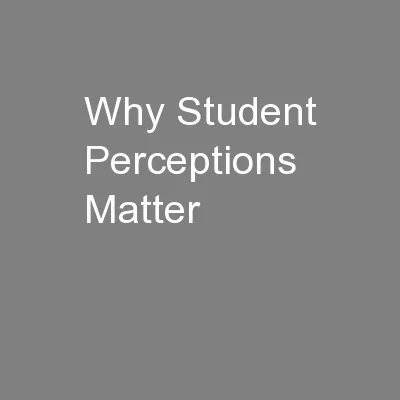

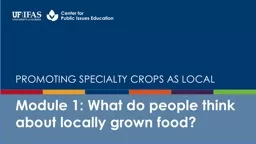
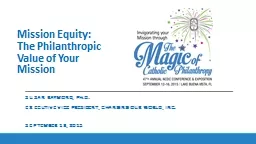
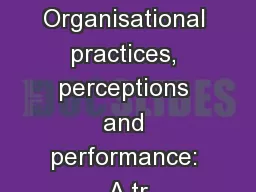
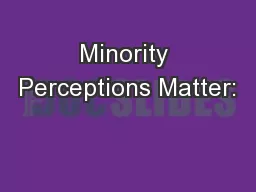

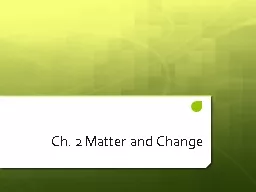
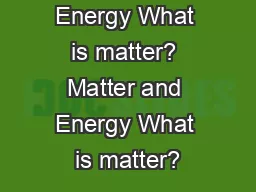
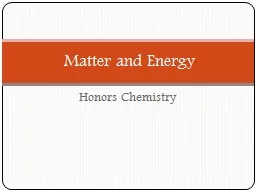
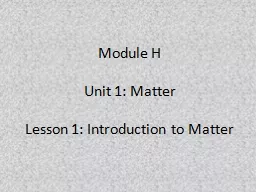
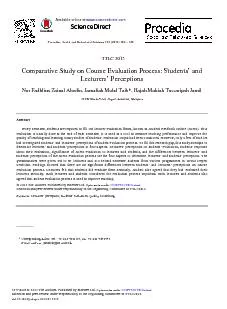
![[BOOK]-Status: Why Is It Everywhere? Why Does It Matter?: Why Is It Everywhere? Why Does](https://thumbs.docslides.com/956296/book-status-why-is-it-everywhere-why-does-it-matter-why-is-it-everywhere-why-does-it-matter.jpg)
